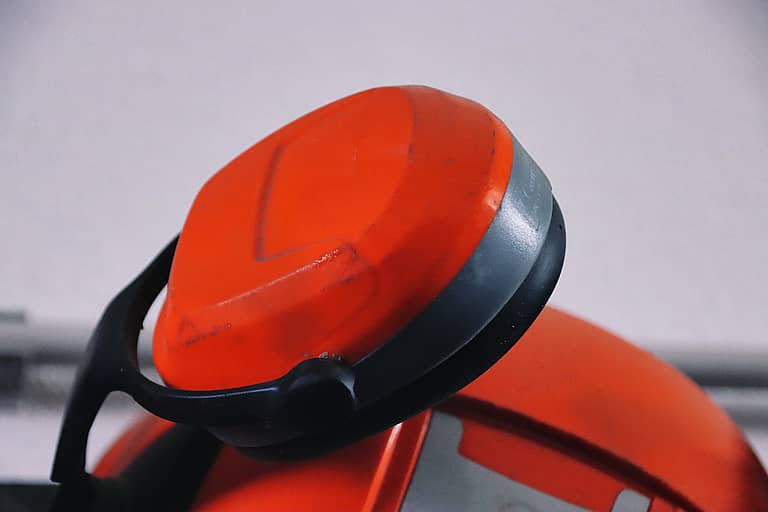May is Better Hearing Month, sponsored by the American Academy of Audiology (AAA). This event raises awareness about hearing loss as well as the role of the audiologist in screening, treatment, and care.
One of the most common causes of hearing loss is noise exposure. According to data from the NIH, approximately 40 million American adults may have noise-induced hearing loss (NIHL), and approximately 30 million workers are exposed to hazardous levels of noise on the job.
NIHL can be immediate, or it can take years to be noticeable. It can be temporary or permanent, and it can affect one or both ears.
How do you determine if noise levels in your workplace are too loud? According to the AAA, noise levels may be loud enough to cause hearing loss if:
- You have to shout over background noise to be heard
- The noise is painful to your ears
- The noise makes your ears ring
- You have decreased or muffled hearing for several hours after exposure.
OSHA regulations on Occupational Noise Exposure specifically require employers to implement a hearing conservation program whenever employee noise exposure equals or exceeds an 8-hour time-weighted average (TWA) sound level of 85 decibels (dBA). The OSHA permissible exposure limit (PEL) for noise is 90 dBA as an 8-hour TWA.
Several sound-measuring instruments are available to measure noise levels. These include sound level meters, noise dosimeters, and octave band analyzers. In addition, NIOSH has developed a Sound Level Meter App that can be downloaded on mobile iOS devices and used to measure noise levels.
If noise levels are determined to be high, how can they be reduced? Like many occupational injuries, work-related NIHL is preventable when controls are implemented, proper protection is provided, and required standards are followed.
There are three main approaches to reducing noise exposure in the workplace: engineering controls (e.g. equipment enclosures), administrative controls (e.g. rotating duties to decrease exposure time), and personal protective equipment (e.g. earmuffs, earplugs).
To learn more about Better Hearing Month, or for information on noise monitoring and determining whether a hearing conservation program may be needed at your workplace, please email us at [email protected].
This blog was written by Beth Graham, Director of Quality, Research, & Training at Safety Partners


